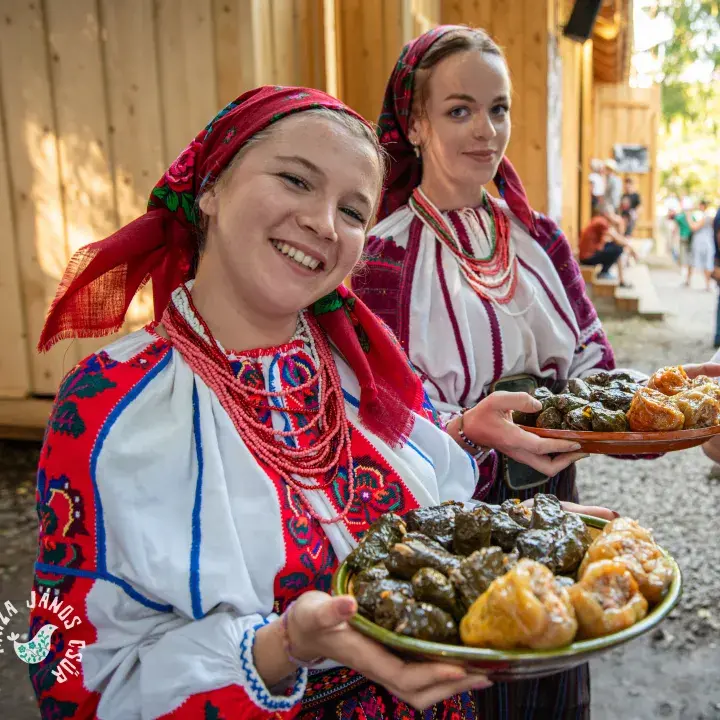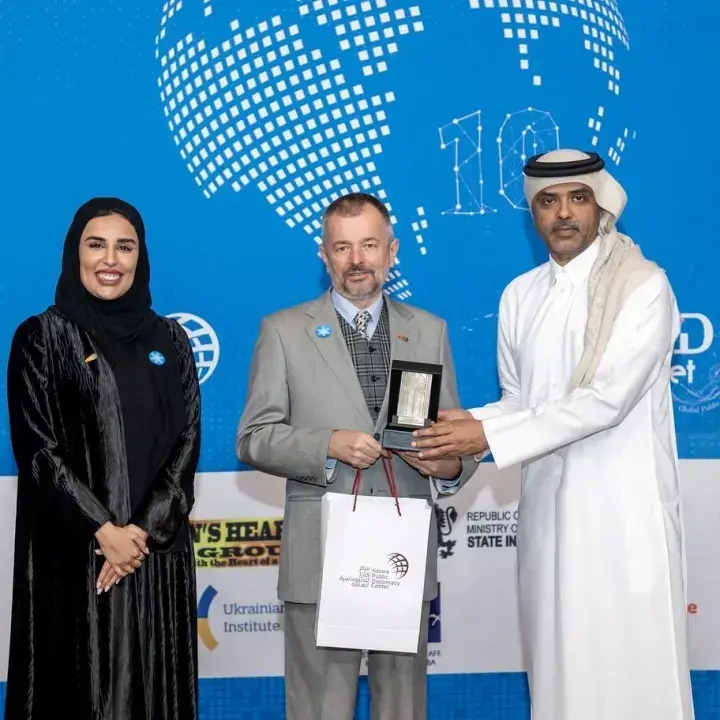The Hungarian Heritage House
Hungarian Heritage House, as a cultural institution of national significance is responsible for the comprehensive preservation, development, and coordinated organization of Hungarian folk traditions covering the entire Carpathian Basin.. It is a complex cultural strategic organization whose mission is to raise broad social awareness and accessibility of traditional cultural values, ensuring that everyone has the opportunity to continually interpret the world around us through these values.
Hungarian Heritage House is a multifaceted institution performing public cultural and collection-related duties, while also engaging in outstanding artistic and scientific activities. It is the only state-supported institution of living folk art with a network throughout the Carpathian Basin, and it is unique in Europe in both its complexity and scope of activities. This diversity ensures that folk traditions are not only preserved but also dynamically evolve and adapt to today’s social and cultural environment.
It is a priority institution for cultural strategy maintained by the Ministry of Culture and Innovation.
At its headquarters, in Corvin Square, it organizes dance performances, concerts, children’s programs, trainings, masterclasses, conferences, public lectures, and exhibitions. The institution certifies handcrafted products, publishes books and educational materials, and provides professional consulting in all areas of folk heritage. It supports and initiates comprehensive folk art programs such as the “Fölszállott a páva” television talent show, Dance House Day, Verbunk Day, the large-scale New Year's Gala, the Transylvanian Dance House Meeting, and the Festival of Transylvanian Crafts, along with many large-scale folk courtyards at festivals across the Carpathian Basin—from Gombaszög to Méra, Kapolcs to Nagyharsány.
Hungarian Heritage House comprises the world-renowned Hungarian State Folk Ensemble, which gives 140–180 performances annually, not only in Budapest but also with great success in rural and diaspora Hungarian communities around the world; the Museum of Hungarian Folk Applied Arts, operating with a renewed concept and housing nearly 11,000 items; the György Martin Reference Library; and the Folklore Archive, whose rich audiovisual collection includes over 6,400 hours of folk music and dance recordings now available in a public database.
At its Budapest headquarters, the institution welcomes around 100,000 visitors annually, while its own programs and extended network across the Carpathian Basin reach an additional 150,000–180,000 people directly through 2,000–2,500 events.
To read more about our vision and mission, please check out THIS page>>
How to get to the Hungarian Heritage House by public transportation?
- Take subway (Metro) No. 2 (the red line) to "Batthyány tér", and walk two blocks southwards on Fő utca
- Take bus No. 86 and get off at "Szilágyi Dezső tér"
- Take tram No. 19 or 41 and get off at "Halász utca"
Directorate
General Director: Miklós BOTH
Financial Director: Erzsébet Ibolya NAGY
Honorary Director: István PÁVAI
Deputy Director | Artistic Director of the Hungarian State Folk Ensemble: Gábor MIHÁLYI
Head of Cabinet: Angéla HONT
Artistic Director of the HSFE: István PÁL Szalonna
Head of Folklore Documentation Center: Péter ÁRENDÁS
Head of Applied Folk Arts Department: Ildikó SÁNDOR
For more information about our management, please go to THIS page>>



